To this day, fans still mention Counter Logic Gaming alongside Team SoloMid when discussing the old guard of NA League of Legends. However, the similarities stop there. While TSM has won three championship titles (Season 2 Regionals, 2013 Spring Split, 2014 Summer Split) since Season 1, CLG’s competitive record has been extremely spotty to say the least. In fact, their history of questionable roster moves has led to a widely used community meme of brushing off their decisions as simply inexplicable or “counter logic.”
It may come to many fan’s surprise that this was not always the case. Once upon a time, CLG was the best team in the world and featured a roster far superior to TSM’s. This multi-part article will take a comprehensive look-back at CLG’s roster decisions over the years and try to examine the mindset & factors that led to their fall from glory.
Part 1 will discuss their initial success up to the fateful decision to remove Saintvicious and add in Voyboy. Part 2 will discuss their roster moves in Seasons 3/4 and speculate about the team’s future.
Pre-Season 1 Roster: (HotshotGG, Kobe24, bigfatjiji, Chauster, Elementz)

At the time, there was little need for strategy or even team synergy. Competitive games played almost just like solo queue so an easy winning strategy was just to pick the best players possible and form a team. CLG won games simply by winning every single lane and snowballing to a victory. At the time, there was not much need for more.
Kobe24 leaves the team, replaced with Saintvicious (HotshotGG, Saintvicious, bigfatjiji, Chauster, Elementz)
Eventually, Kobe24 would retire from competitive League of Legends to pursue school. Replacing him was the widely popular streamer and “carry jungler” Saintvicious. At the time, many players considered Saintvicious the strongest jungler in the world and it looked like CLG had made another great move. Placing Saintvicious (who was best known for playing farming bruisers such as Warwick or Udyr) in the jungle was especially potent because CLG rarely needed a great deal of jungler pressure to win lanes.
Picking up the immensely talented Saintvicious was a no-brainer for CLG and it led to their period of greatest success. However, the Saintvicious pick-up would foreshadow one of CLG’s most “counter logic” trends. Although the team was in a great position (due to their status as a well-known organization with a massive fanbase) to pick up well-known and talented players, they would often try to fit the talent into their own system rather than allowing the player to succeed with his own style.
However, Saint’s tenure on CLG began with little to no problems. In Saintvicious, CLG had a farming jungler who specialized in bruisers with huge carry potential. At the beginning, they would often cater their style to Saintvicious’ play by playing passively in the early game only to come out with a massively ahead jungler who could lead his team to victory (think of Cloud9 during Season 3, only without nearly as much strategic prowess.) Saintvicious and jiji’s famed synergy would also allow them to repeatedly carry teamfights, even in the few cases that CLG fell behind. By allowing Saintvicious to play his unique jungle style, CLG was able to stand as one of the most dominant teams in the World. Unfortunately, this would not last for long.
Elementz is benched and replaced with Doublelift. Chauster role-swaps to support (HotshotGG, Saintvicious, bigfatlp, Doublelift, Chauster)

This is the team that many will probably remember as “classic” CLG and their greatest heights as a team. Indeed, an outside look at this line-up shows that the team boasted world-class players at every single position as well as one of the most legendary bot lanes of all-time. Interestingly however, this team has never won a tournament. (In fact, no team that Elementz has ever won a tournament after his departure, one of the more interesting “curses” in LoL.)
Nonetheless, this squad was definitely a world-class team. Even though they did not win any tournaments, they were consistently able to push other world-class teams to the brink of defeat before eventually falling. Although Season 2 was the beginning of CLG’s decline and the beginning of TSM’s rise to the top of North America, TSM was never able to push the world’s best teams to the extent that this CLG roster did.
During the OGN Invitational, CLG defeated China’s World Elite only to fall in the final to a MiG Frost that still featured Locodoco as AD Carry and Woong in the top lane. Likewise, CLG played M5 to one of their closest series during their great Season 2 run of dominance. CLG was able to jump out to a massive lead in the beginning of the game, but HotshotGG was repeatedly caught while split pushing and the Russians were able to secure a crucial Baron to claw back to the lead. (Alex Ich would later name it as one of the most memorable games of his career.)
For some reason, CLG has been plagued by a role swap problem ever since Season 2. The organization has stated that they believe that talented players can be taught new roles and still succeed. Historically, this has been a massive failure but this roster move gives strong evidence as to why CLG believes this. Chauster’s role-swap to support is arguably the most successful in North American history and gave CLG a world-class botlane capable of competing and defeating the best. Likewise, the mechanically talented Doublelift gave CLG a strong foundation for the future. It was assumed that the hungry young AD Carry would continue to grow under the organization and eventually become the face of the franchise. CLG has been wrong in many other areas, they were definitely right in this one. Since joining CLG, Doublelift has become the face of the franchise and their brightest star.
Saintvicious is kicked and replaced by HotshotGG. CLG picks up Voyboy for the top lane. (Voyboy, HotshotGG, bigfatlp, Doublelift, Chauster)
 However, a non-roster related decision would soon push CLG’s back against the wall. Their infamous “Korea trips” would allow TSM to erode much of their NA fan-base and seemingly fail to teach the team anything meaningful. The team would eventually fall 2-0 to Reapered’s MiG Blaze squad and drop out as a 5th-8th finisher in the tournament. In the meantime, tensions continually rose and eventually reached the point that jungler Saintvicious was benched. The team decided to poach star Dignitas top laner Voyboy and swap the underperforming HotshotGG into the jungle. (Ironically, if Link moves to the jungle for CLG, history will have repeated itself.)
However, a non-roster related decision would soon push CLG’s back against the wall. Their infamous “Korea trips” would allow TSM to erode much of their NA fan-base and seemingly fail to teach the team anything meaningful. The team would eventually fall 2-0 to Reapered’s MiG Blaze squad and drop out as a 5th-8th finisher in the tournament. In the meantime, tensions continually rose and eventually reached the point that jungler Saintvicious was benched. The team decided to poach star Dignitas top laner Voyboy and swap the underperforming HotshotGG into the jungle. (Ironically, if Link moves to the jungle for CLG, history will have repeated itself.)
Unfortunately, this move would did not do much to solve CLG’s problems and sealed the decline of CLG as a world-class team. From then on, CLG was resigned to cheesy strategies (proxy farming, TP-Promote) for the rest of Season 2. Furthermore, CLG would never truly contend for a first place finish for a long time, and Voyboy’s playstyle was never able to mesh with the rest of CLGs. Another trip to Korea did little to help matters, and the squad only narrowly defeats Curse Gaming at NA Regionals to qualify for the World Championships where they would win only a single game.
Thorin goes extremely in-depth into the Saintvicious decision here but this article seeks to explore the longstanding trends that have plagued CLG’s decision making. Here, two of the previously foreshadowed issues finally reared their head and led to the demise of CLG as a world-class team.
1. CLG is able to recruit talented players, but they are too determined to mold them to fit their idea of how the game should be played.
To give a traditional sports example, one of the most successful college coaches of all time is Rick Pittino. His coaching style of constant fast-breaks and a full-court press has made his collegiate teams consistent championship contenders. However, Pittino has a horrible record in competitive coaching. His Knicks and Celtics teams were consistently terrible because he refused to adjust his style to fit the personnel he had. Some of his players did not have the physicality or the motivation to constantly press against the speedier NBA players. Likewise, Chauster would constantly refuse to adjust his strategic mindset to fit CLG’s personnel. Even though he was one of the most brilliant minds to ever play LoL, his stubbornness oftentimes prevented him from transitioning his brilliance into success on the Rift.
In particular, CLG’s Season 2 insistence on a bot-lane oriented style (which has oftentimes been repeated, sometimes very unfairly, in later times) would stifle two extremely talented players in Saintvicious and Voyboy. Modern day fans have simplified Saintvicious’ game to a simple failure to hit the Smite key, but he was very dominant in Season 2. On Curse, he pretty much carried a team with three below average players in Westirce, Cop, and Elementz to two 2-1 series away from the World Championships. It’s pretty hard to believe that he couldn’t have done more for CLG than Hotshot did.
Likewise, Voyboy was accustomed to constant top lane ganks to allow his snowballing style to succeed. His dependence on champions like Lee Sin, Akali, and Diana was both his greatest strength and his biggest weakness. Those characters were usually unable to compete with the meta champions (which Voyboy oftentimes underperformed on) but were able to single-handedly carry games with the proper support. Instead, CLG refused to gank his lane and often saddled him with the team-oriented Teleport spell. As a result, the best top laner in North America would become an extremely ineffective player. (Much like Saintvicious, he was soon able to prove his effectiveness by joining Team Curse.)
Usually, a good way to solve this problem is to pick up a less heralded player or have him serve as a role-player. Many of the best teams in LoL have had role-players who may be less talented than their teammates but do their jobs well. (TheOddOne’s team-oriented & gank-heavy style, Puszu’s safe backline AD role on Fnatic, or Looper’s role as a “fill-in-the-gaps” top laner and TP virtuoso come to mind.) By recruiting star players and trying to turn them into role players, CLG would move players out of their comfort zone (leading to team discord) and oftentimes forced them to use skills that they downright lacked.
2. Rather than picking up a new player, CLG would try to role-swap a veteran into a new role (oftentimes citing a lack of North American talent.)

Ever since Season 2, CLG has cited a lack of North American talent. (Ironically, Season 2 featured many future stars playing on little-known teams, as seen here.) When they couldn’t pick up a star player, they would instead decide to role-swap an established name to fill a role. Bizarrely, this trend would only rise into full prominence during Season 3. For some reason, Hotshot’s disastrous move into the jungle would do little to dissuade CLG from this mentality.
While there have been many successful role-swaps in LoL history, CLG’s approach to role-swaps has always been extremely counter-intuitive. The best role swaps come when teams swap players to new roles because they bring unique and irreplaceable skills that override the trouble of learning a new role. For instance, Fnatic were reluctant to part of YellowStaR’s shotcalling and the kT Bullets were loathe to give away inSec’s unique engaging skills. Ironically, CLG themselves stand as one of the earliest and most successful usages of such a role-swap. Chauster’s move to support (and his ability to continue giving out strategies) proved invaluable for the team. However, CLG soon began role-swapping out of a desire to cover up team weaknesses and a reluctance to bring on fresh blood. These swaps would fatally sabotage the team and destroy any sense of continuity.
Unfortunately, Hotshot to jungle is one of the best examples of these flaws. The team wanted to cover up Hotshot’s weakness in the top lane, but he did not bring any unique or recognizable skills into the jungle. Hotshot is famous for his split-pushing style, but that skill does not convert at all into the jungle. In addition, their reluctance to pick up fresh blood meant that they missed out on any number of talented prospects who could have outperformed Hotshot (For instance, Xmithie and Meteos would go on to become world-class junglers in Season 3, and there is a huge chance CLG could have attracted overseas talent as well.)
Overall, the Saintvicious swap started these two trends which would plague CLG for the rest of Season 3. Unfortunately, additional roster move issues would surface, as we will see in the next article.


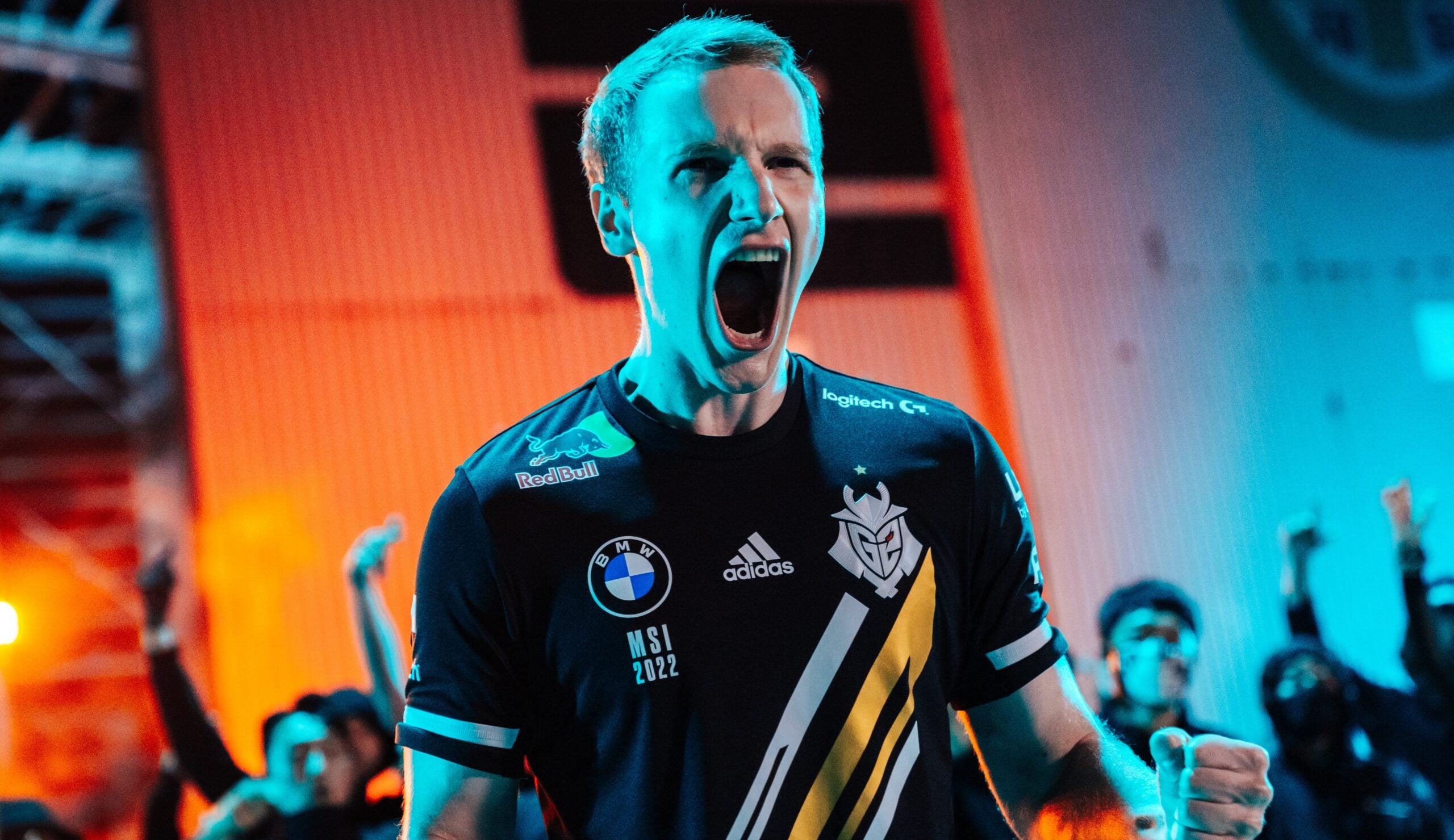
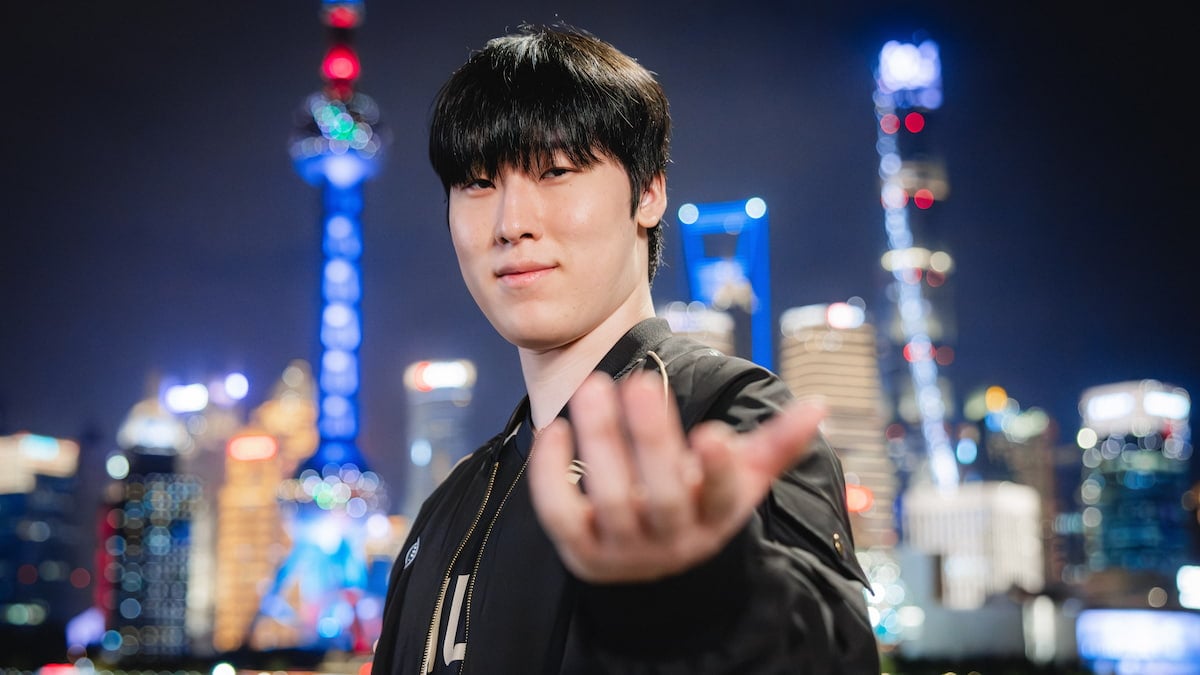
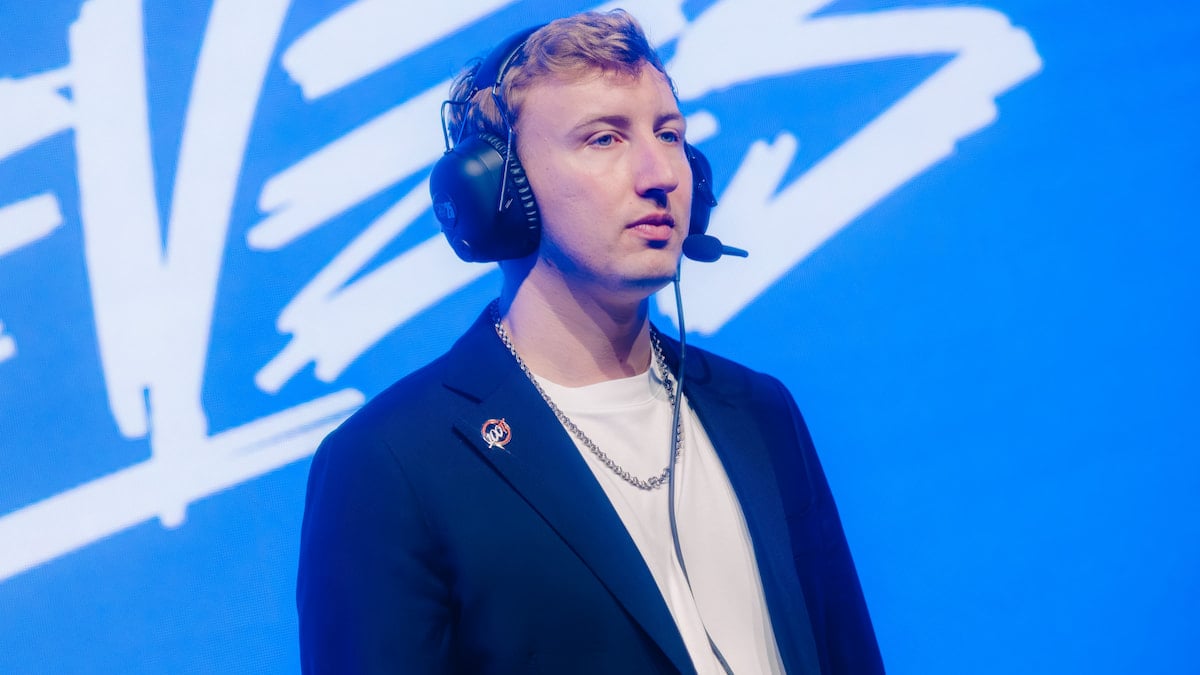
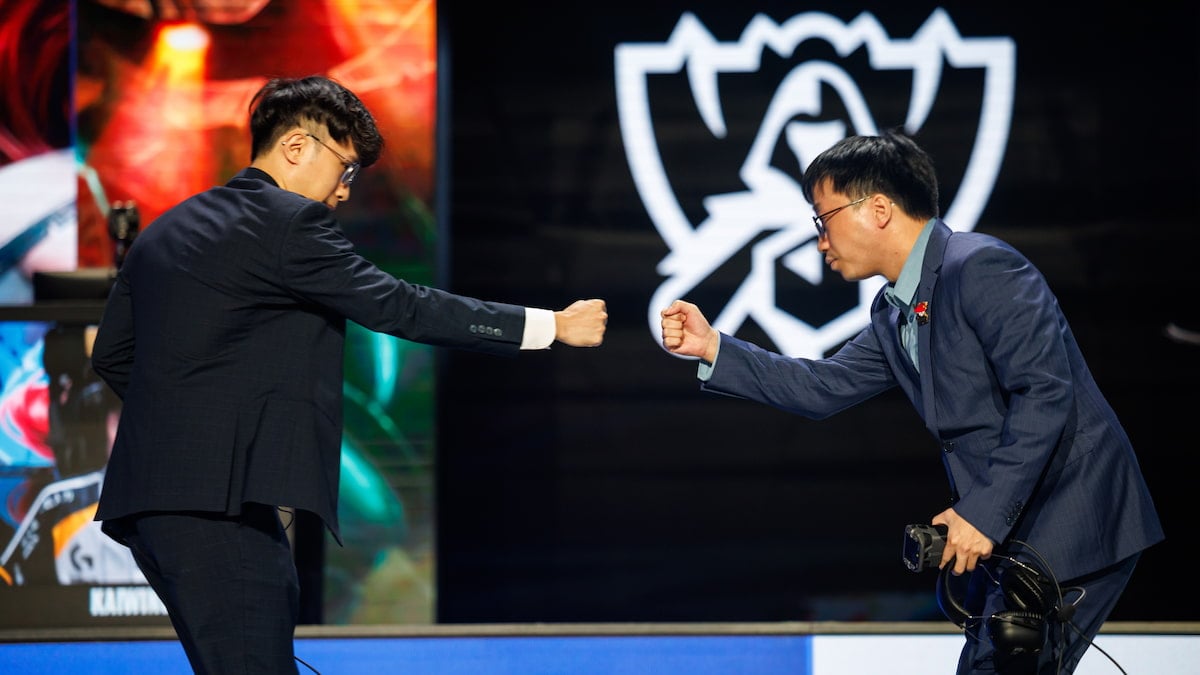
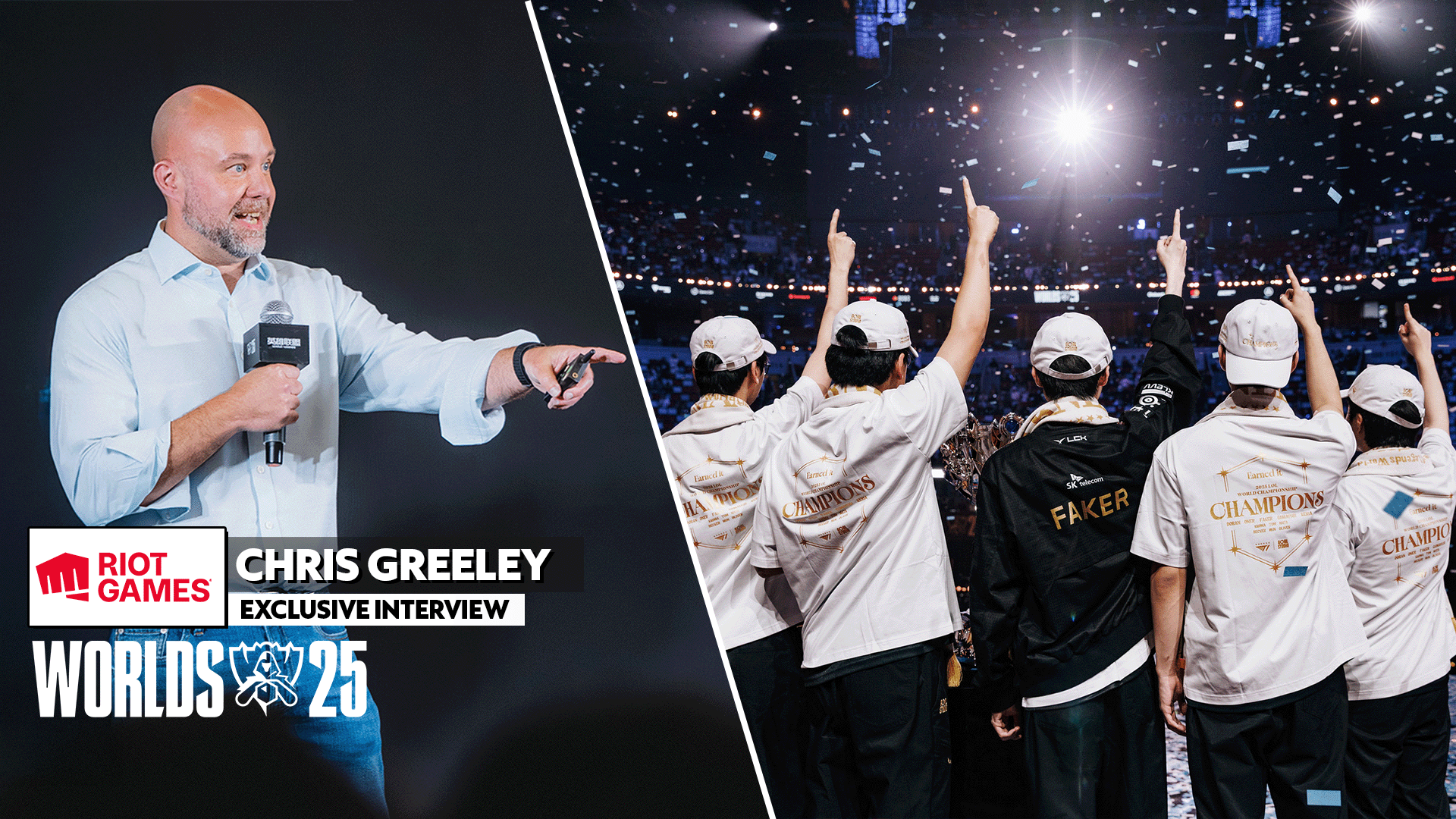
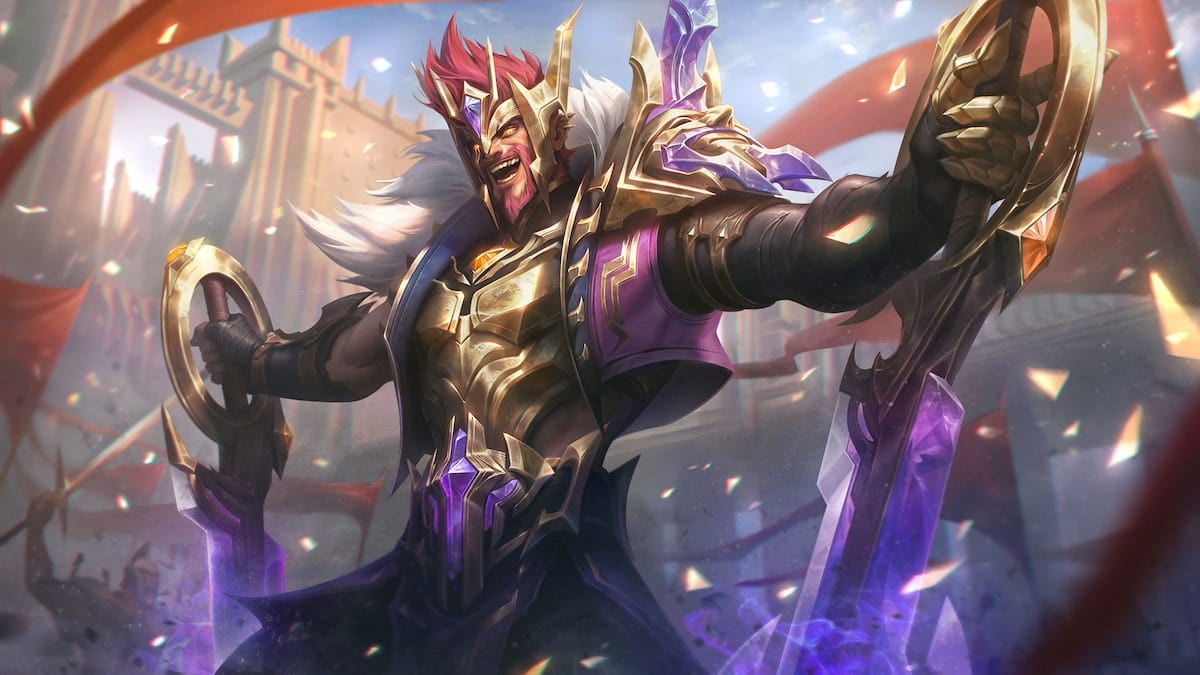
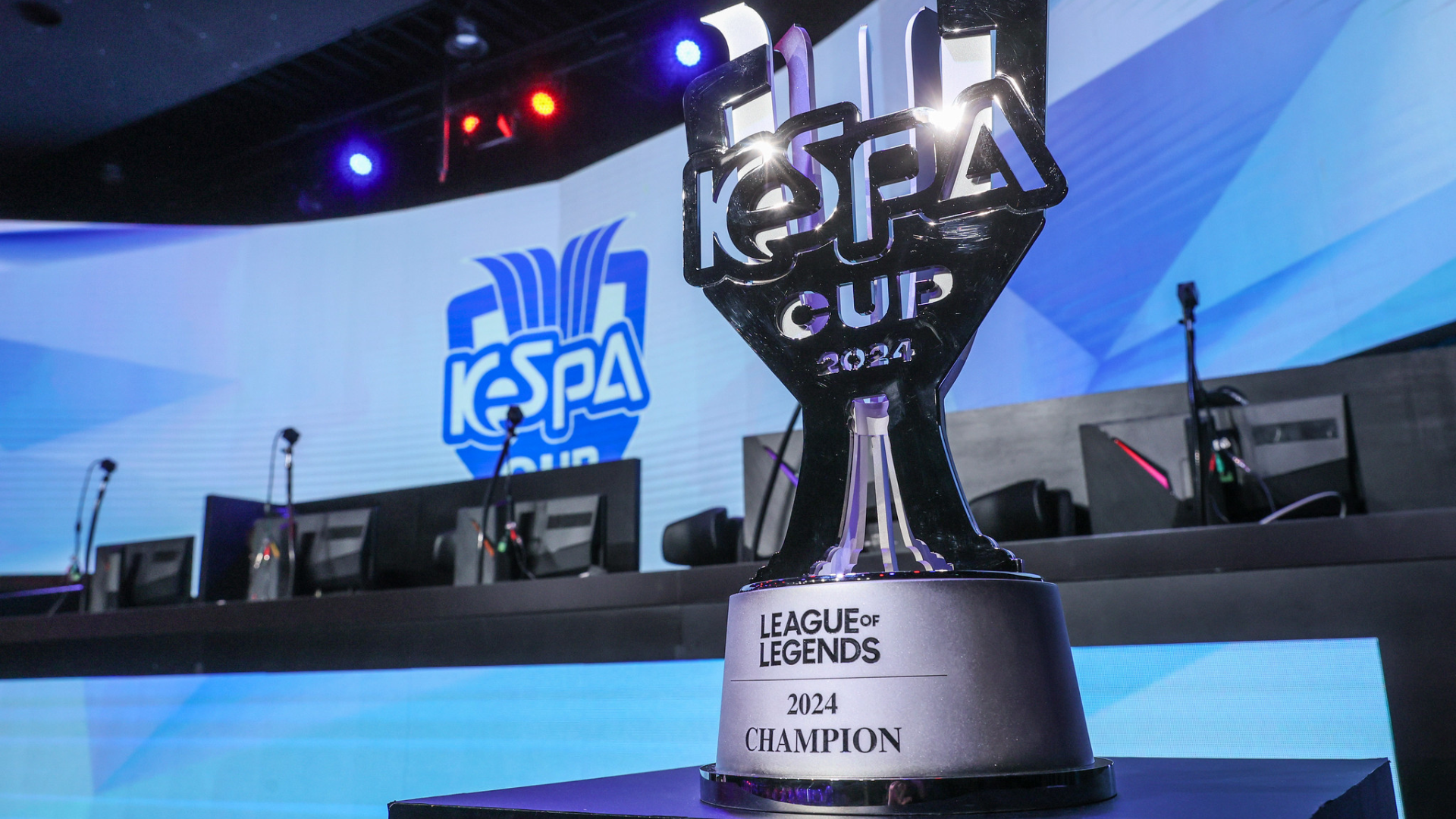
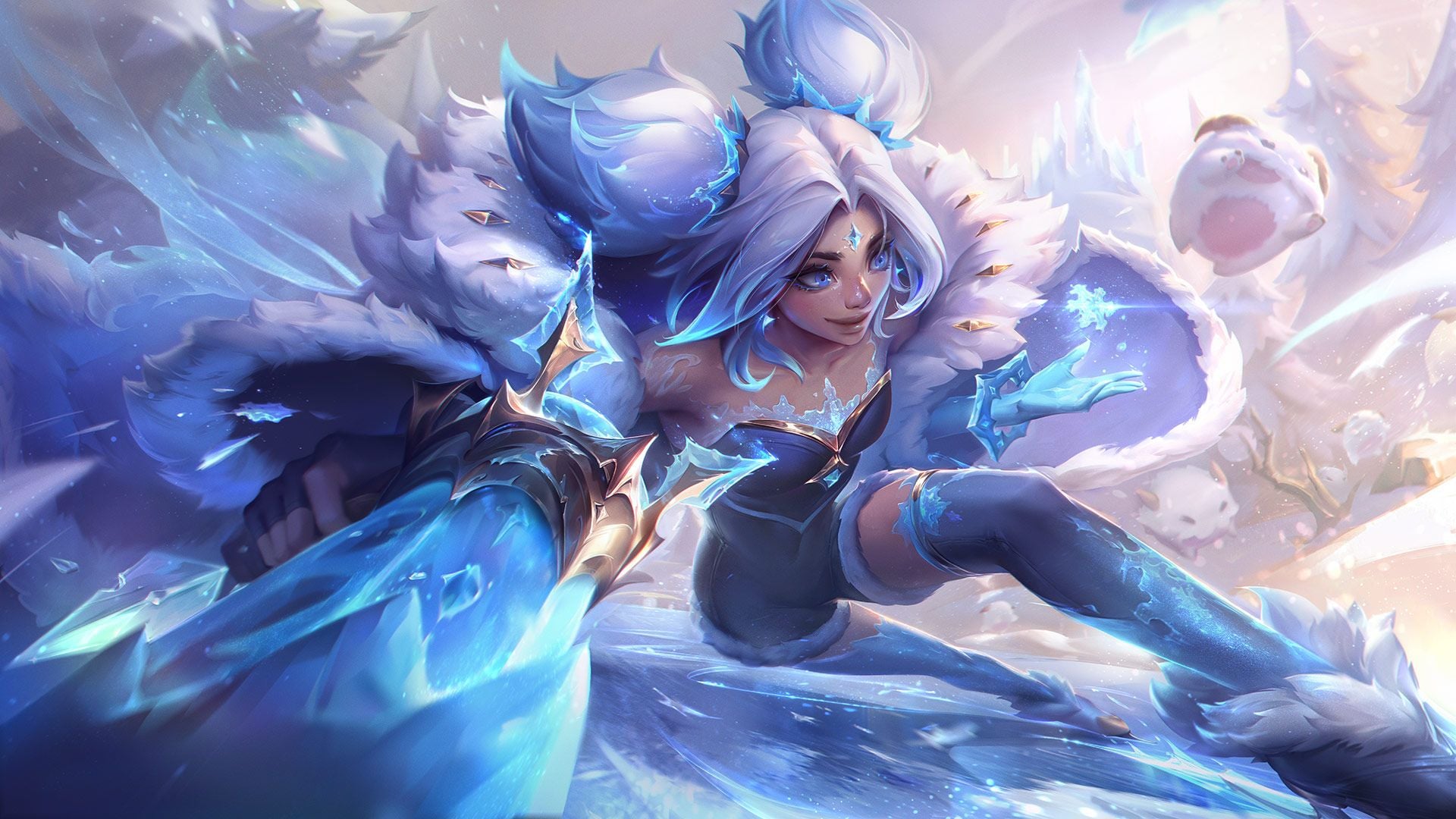
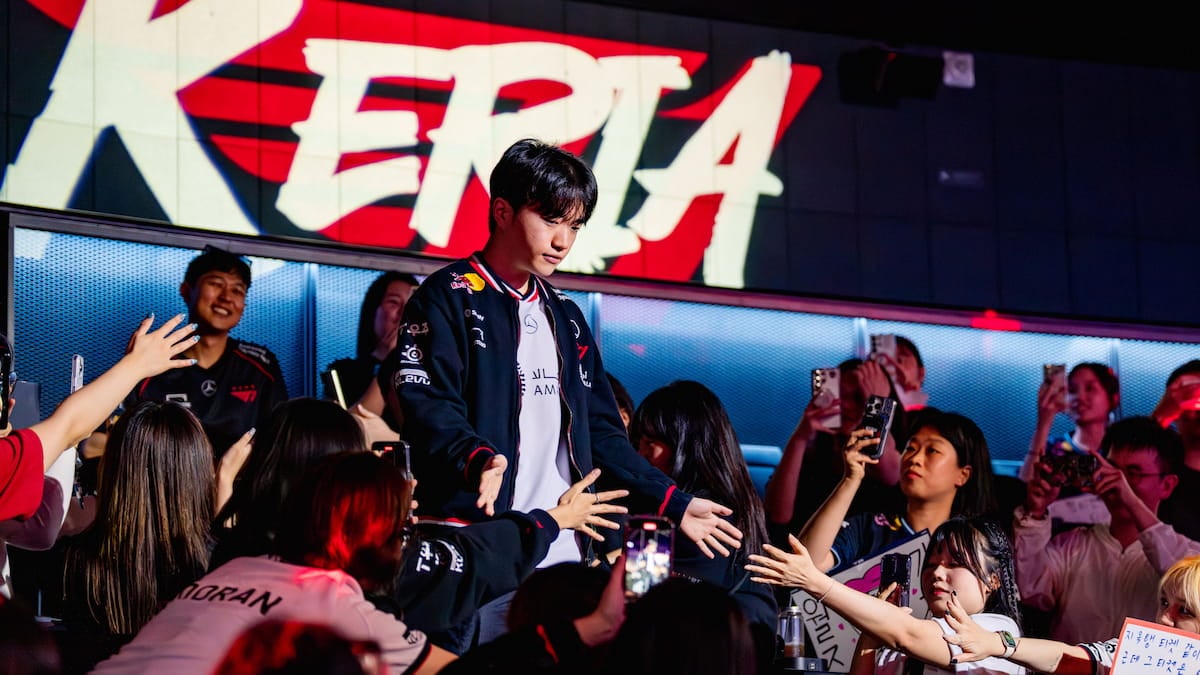
Published: Nov 18, 2014 03:00 pm